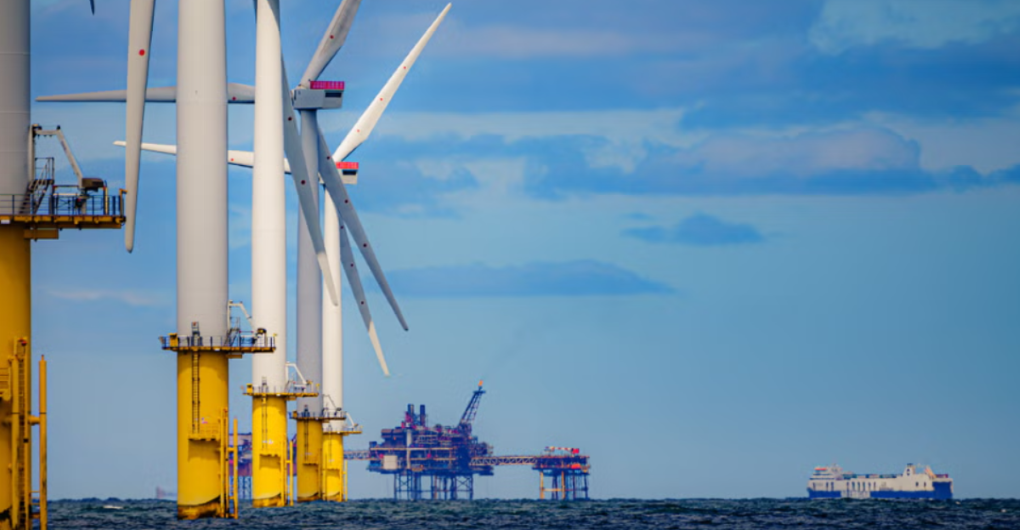Borrowed Blueprints: Why Offshore Wind Needs Its Own Design Identity


The global offshore wind market is growing at an unprecedented pace and with it, the need for smarter, leaner and more fit-for-purpose design approaches. At SLPE, our work across major wind developments consistently reveals a critical industry truth: offshore wind is still heavily reliant on tools and methodologies inherited from oil and gas. This legacy approach may have helped the sector gain momentum, but it now threatens to limit progress.
Offshore wind began by building on what was already available: oil and gas design codes, structural analysis software, and engineering workflows rooted in decades of offshore platform development. At the time, this was a practical solution. But what started as a stopgap has persisted far too long. Today, many design assumptions and software systems in use were never intended for dynamic, rotating structures like wind turbines. As a result, we're working within frameworks that often fail to reflect the true performance characteristics of modern offshore assets.
There's an unspoken comfort in inherited methodologies; they feel safe, familiar and proven. But "proven" doesn't mean appropriate. The loading conditions, failure modes and design lifecycles of offshore wind turbines differ fundamentally from those of oil and gas platforms. We regularly encounter design conservatism carried over from these legacy codes: oversized foundations, rigid design envelopes and outdated fatigue philosophies that don't match real-world turbine performance. These inefficiencies aren't theoretical, as they directly impact cost, time, and project sustainability.
The digital toolkit used in offshore wind also bears the mark of its oil and gas origins. Design software often lacks the automation, parametric flexibility and integration necessary for high-volume turbine array development. This forces engineers into slow, manual workflows with limited iteration capacity, ultimately restricting innovation. At SLPE, we have invested significantly in developing internal processes and tools that enable more automated and wind-specific design. Yet broader industry adoption of such approaches remains slow, hindered by legacy expectations and certification pathways.
The offshore wind industry is no longer in its infancy. It deserves its own design
identity grounded in the realities of wind turbine behaviour, not the assumptions of
legacy oil infrastructure.
SLPE is committed to helping shape this future. Through smarter engineering,
bespoke software integration and active participation in the evolution of design
standards, we are pushing for a system where offshore wind design stands on its
own merits.
The question is no longer "what worked before?" It's "what's best for offshore
wind now?"